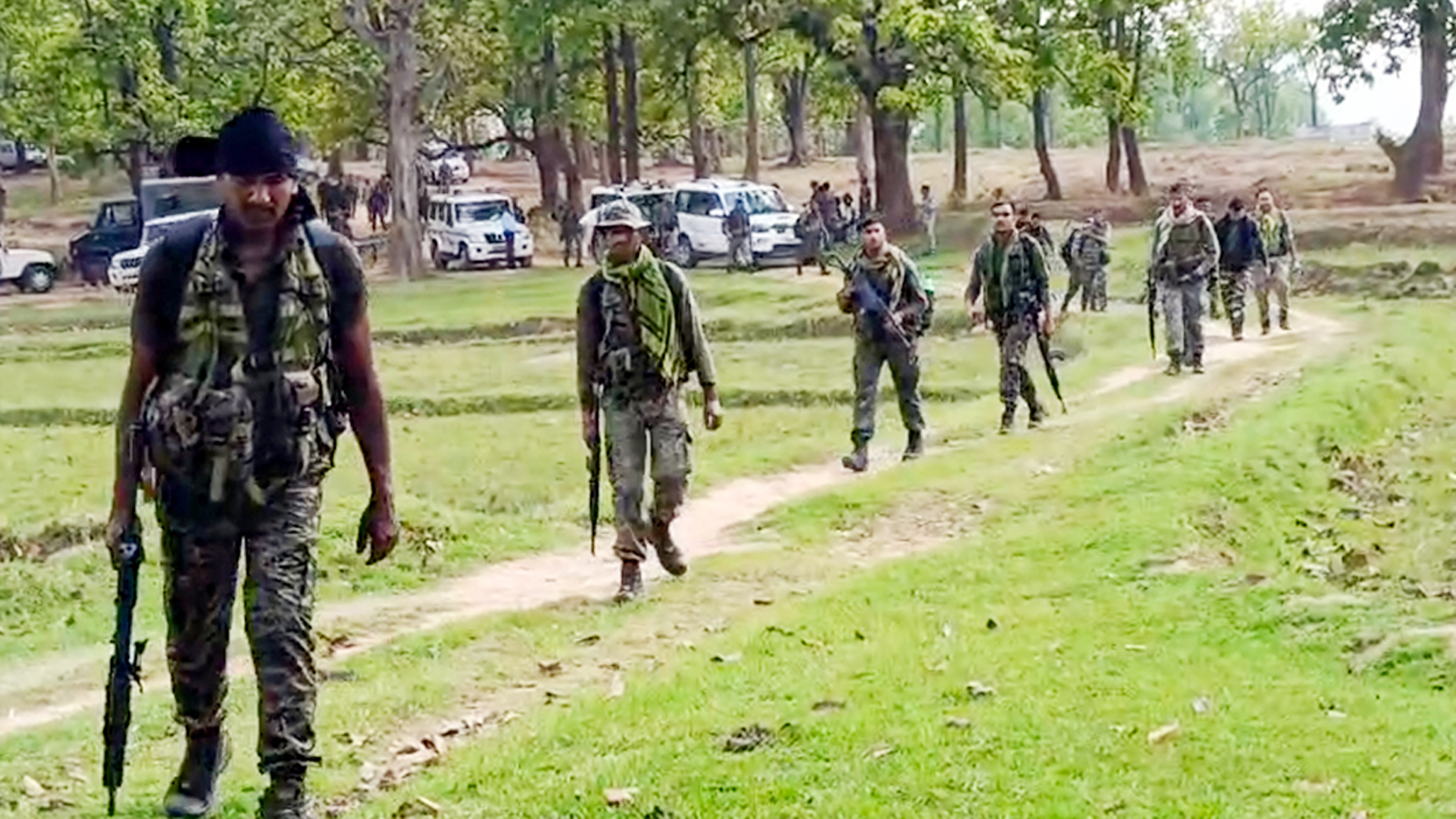In a major milestone towards building a Naxal-free India, the number of districts most affected by Left Wing Extremism (LWE) has been brought down to just three, marking a significant decline from six districts earlier. The most affected districts now remain Bijapur, Sukma and Narayanpur in Chhattisgarh.
The total number of LWE-affected districts has also been reduced from 18 to 11, reflecting the Modi government’s intensified efforts to dismantle the Naxal network across the country. The Centre has set March 31, 2026 as the target date to fully eradicate the Naxal menace.
Under the leadership of Prime Minister Narendra Modi and the guidance of Amit Shah, security forces have achieved record-breaking operational successes in 2025.
* 312 LWE cadres have been eliminated, including top leadership such as the CPI (Maoist) General Secretary and eight Polit Bureau/Central Committee members.
* 836 cadres have been arrested.
* 1,639 cadres have surrendered and joined the mainstream, including a Polit Bureau member and a Central Committee member.
According to Ministry of Home Affairs, unprecedented success has been achieved in combating the Naxal menace through rigorous implementation of the National Action Plan and Policy for Left Wing Extremism, which adopts a multi-pronged approach combining security, development, and ideological countermeasures.
Key elements of the strategy include precision intelligence-led and people-friendly counter-LWE operations; rapid security domination of vulnerable areas; targeting of top leadership and overground workers; countering extremist ideology through community outreach; accelerated infrastructure development and saturation of welfare schemes; choking of financial channels supporting insurgents; stronger Centre–State coordination; and speedier investigation and prosecution of Maoist-related cases.
This integrated strategy has steadily shrunk the Naxal corridor and weakened the movement’s operational capacity.
Naxalism, once described as India’s “biggest internal security challenge” in 2010, is now on the defensive. The insurgents’ long-standing plan of a “Red Corridor” stretching from Pashupati in Nepal to Tirupati in Andhra Pradesh has been effectively dismantled.
In 2013, 126 districts across multiple states reported Naxal-related violence. By March 2025, the number had fallen to 18 districts, and only six were classified as “Most Affected.” Today, that figure has dropped further to just three, signaling an “irreversible decline” of the movement.
With the Naxal footprint shrinking rapidly, the government aims to fully eliminate Left Wing Extremism by March 31, 2026, marking the end of a decades-long security challenge.














